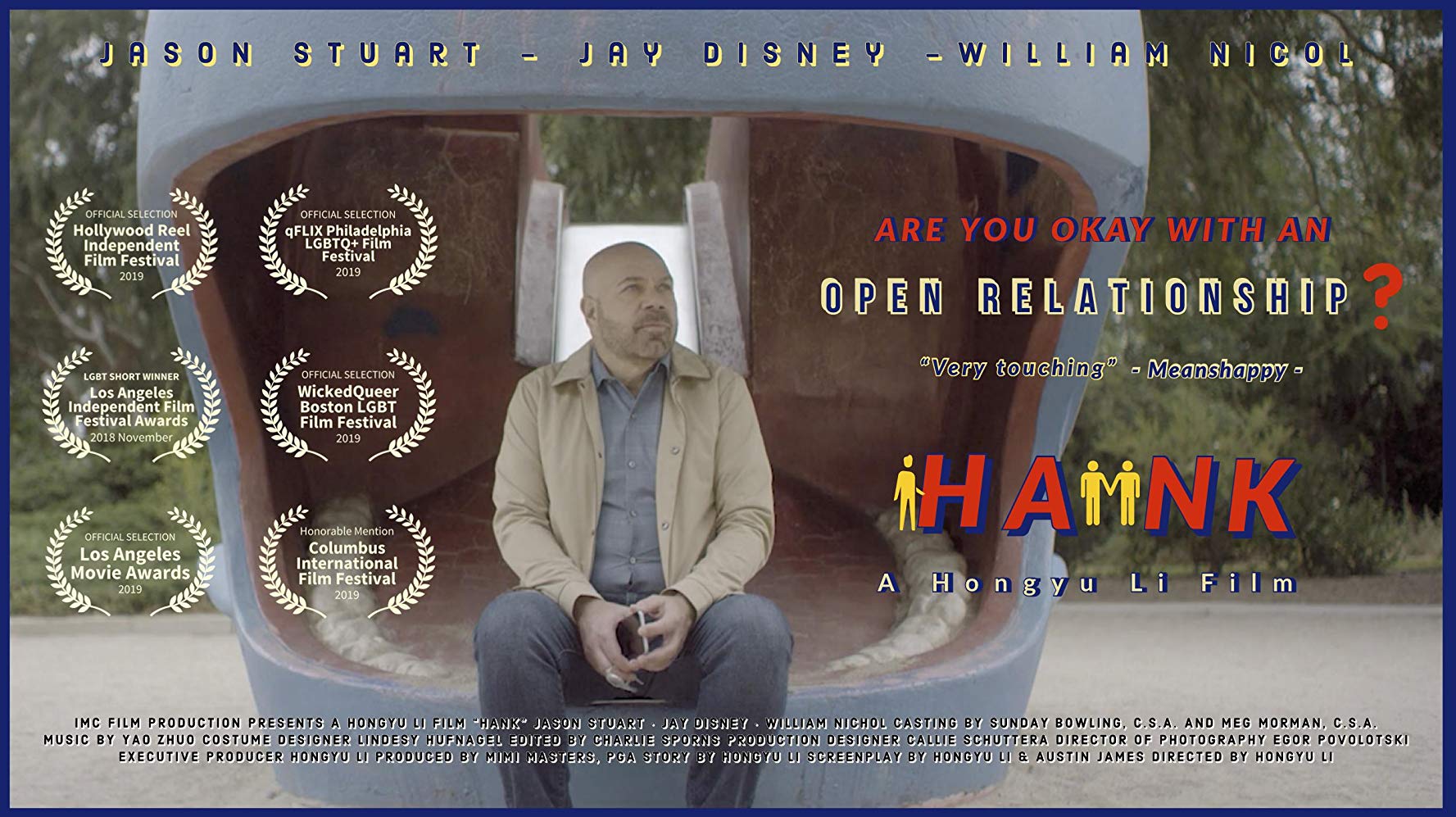A new wave of communication

After spending four days at the largest surf competition to ever hit these magnificent shores we call Britain – the Roxy Surfjam festival, which combined the world’s best women surfers with some very talented all female music acts that deserve the recognition they perhaps do not get – I was inspired to think of the many opportunities that lie ahead for surfing events as broadcast entertainment. Firstly, surfing – a relatively recent phenomenon has gained small acclaim as one of the country’s popular pastimes despite a recent estimation by the independent newspaper that 500,000 novice, intermediate or experienced surfers who at some point in the year surf on these wind beaten shores. There must be a reason why the sport has not received much coverage? My theory lies in the nature of the sport: Being as Surfing has always existed as an activity that is dependent upon consistent conditions – i.e. good waves on a regular basis (something that is never guaranteed anywhere despite maybe Indonesia). This may be the reason why broadcasters in general have never invested in such a sport. Due to the fact that it would cost a small sky/digital/cable television channel a fair whack to send a team of reporters to cover an international event, with the possibility of inconsistent surf, would obviously affect the amount of coverage an event would gain. I am not saying is that I want to see surfing broadcast here, there and everywhere, but some more targeted coverage of smaller events other than the obvious Hawaiian and Aussie events that even your grandma knows about, would be great for surfers worldwide to know about other parts of the world where surfing does actually take place. Now, what is the point of me saying this you may ask? Well. The problem lies in the distribution in the broadcast-quality footage of an event. Firstly, using the traditional means of distribution such as beta tapes is not only inefficient but expensive and unreliable too. The most effective way to distribute broadcast quality footage from a surfing competition is through means of the internet, using a platform where broadcasters could download at free will, footage of an event that applies to their channel at reduced costs and time. This would be considerably different from other subscription based distribution channels that distribute news by satellite only at set times to feed subscribers. In turn this will allow small channels that focus on extreme sports such as surfing, wakeboarding and other weather dependent sports to share the wealth of footage being recorded on a daily basis. This would certainly share more footage of worldwide surf competitions from notorious surf destinations such as Hawaii to lesser known – but equally as exiting on a good day – places like the UK or Ireland. This would, in turn, feed the insatiable appetite that surfers worldwide have to see new places that they thought ‘never had a wave’. |


